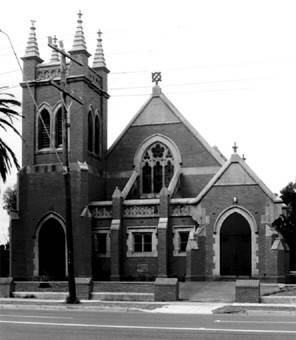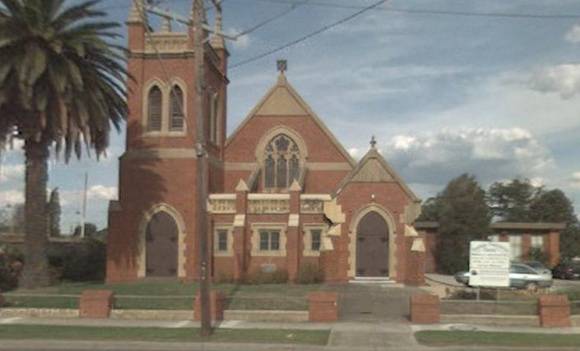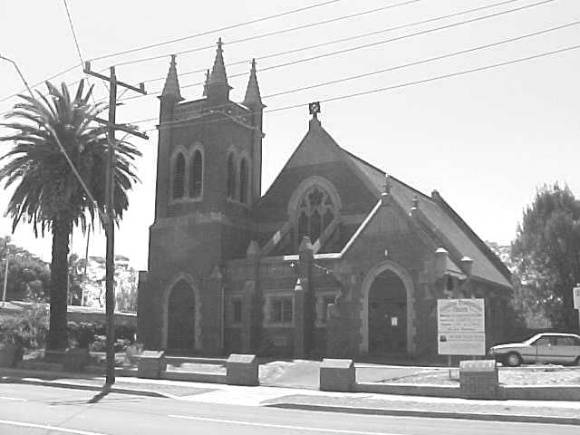| Back to search results » | Back to search page » |
|
H V McKay Memorial (Presbyterian) Church
Location120 Anderson Road, SUNSHINE VIC 3020 - Property No 43
File Number1574LevelIncl in HO area contributory |
|
Statement of Significance
Individual place statement of significance::
Precinct statement of significance::
The H.V. McKay Memorial Church is of regional historical, architectural and social significance as an important church distinguished by its strong historical associations with H.V. McKay (Australia's leading manufacturer) and his company town of Sunshine. Completed by 1928, the church was to the design of Raymond Robinson, who was the architect of the Sunshine Harvester office buildings and of much of the McKay estate housing. This brick church, with cement dressings, although conservatively designed, is the most substantial church to be built in the present City of Brimbank during the late 1920s. It is a prominent landmark, sited at the heart of the settlement of Sunshine, the 'garden suburb', developed by H.V. McKay, in the early years of the 20th century. It combines with a number of other McKay-related places to provide a significant precinct associated with his works and residential estate which is unequalled, as a surviving and recognisable concept, elsewhere in the State.
The McKay housing subdivision is of national historical and social significance as the first stage of the suburb created by Australia's leading industrialist and a milestone in the development of the industrial suburb, under the influence of the Garden City movement. Sunshine became a yardstick for planning and housing reformers, with H.V. McKay being regarded as an expert on planned industrial housing. The McKay estate is of regional architectural significance as it marks a crucial phase in the development of Sunshine, housing the resident work force which promoted further industrial development.
The estate is also of historical significance in relation to H. V. McKay's important role in the history of industrial relations in Victoria and Australia, as the provision of housing for his workers was one of the arguments made by McKay in defending the Basic Wages Case which lead to Justice Higgins' "Harvester Judgement".
The group of houses along Forrest Street, Ridley Street, Sydney Street, King Edward Avenue, Anderson Road, Talmage Street and Kororoit Street, represent the type of houses built either by or for company employees, foremen and managers. The houses include major remnants of the large blocks allotted to senior staff of the Sunshine Harvester Works. Most of the houses were set back on their blocks with side drives, rather than rear service lanes, giving an air of spaciousness and permitting large gardens (of which some remnants survive).
Group
Religion
Category
Church






